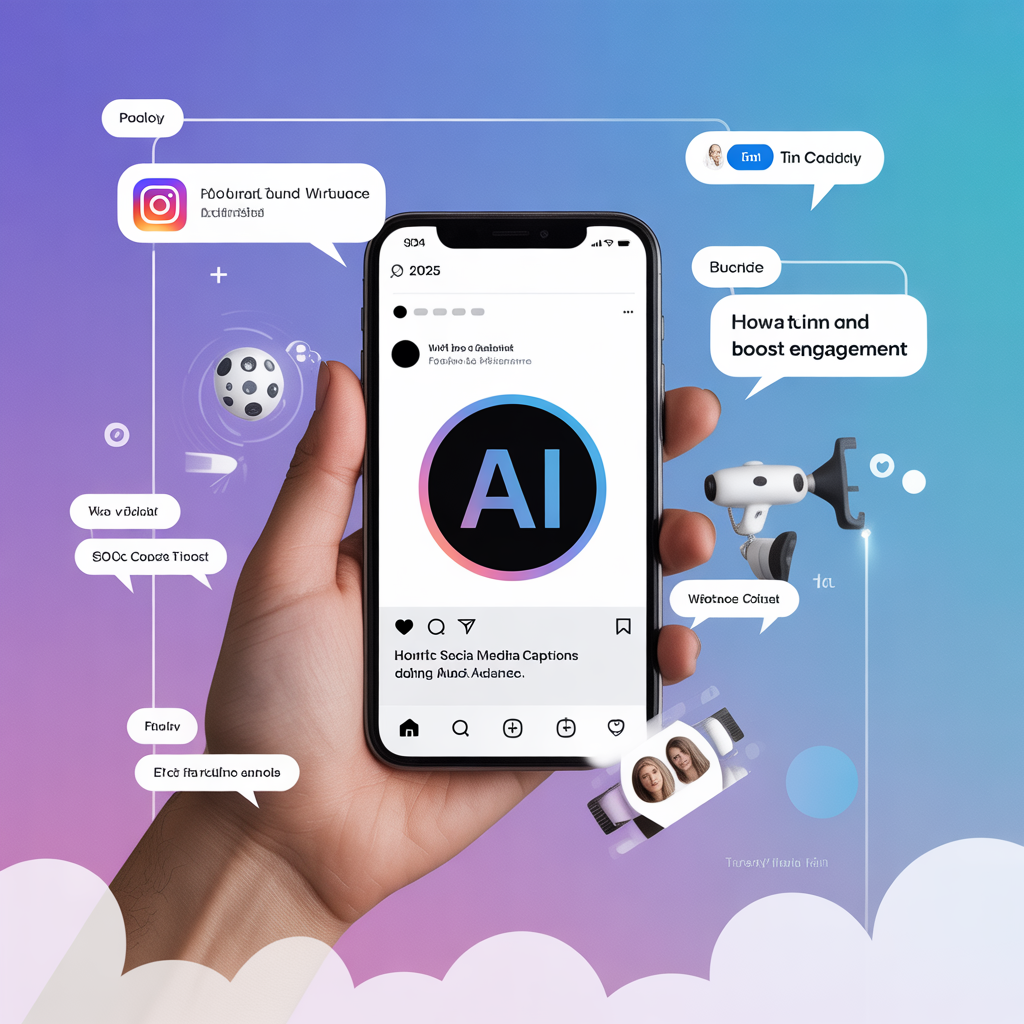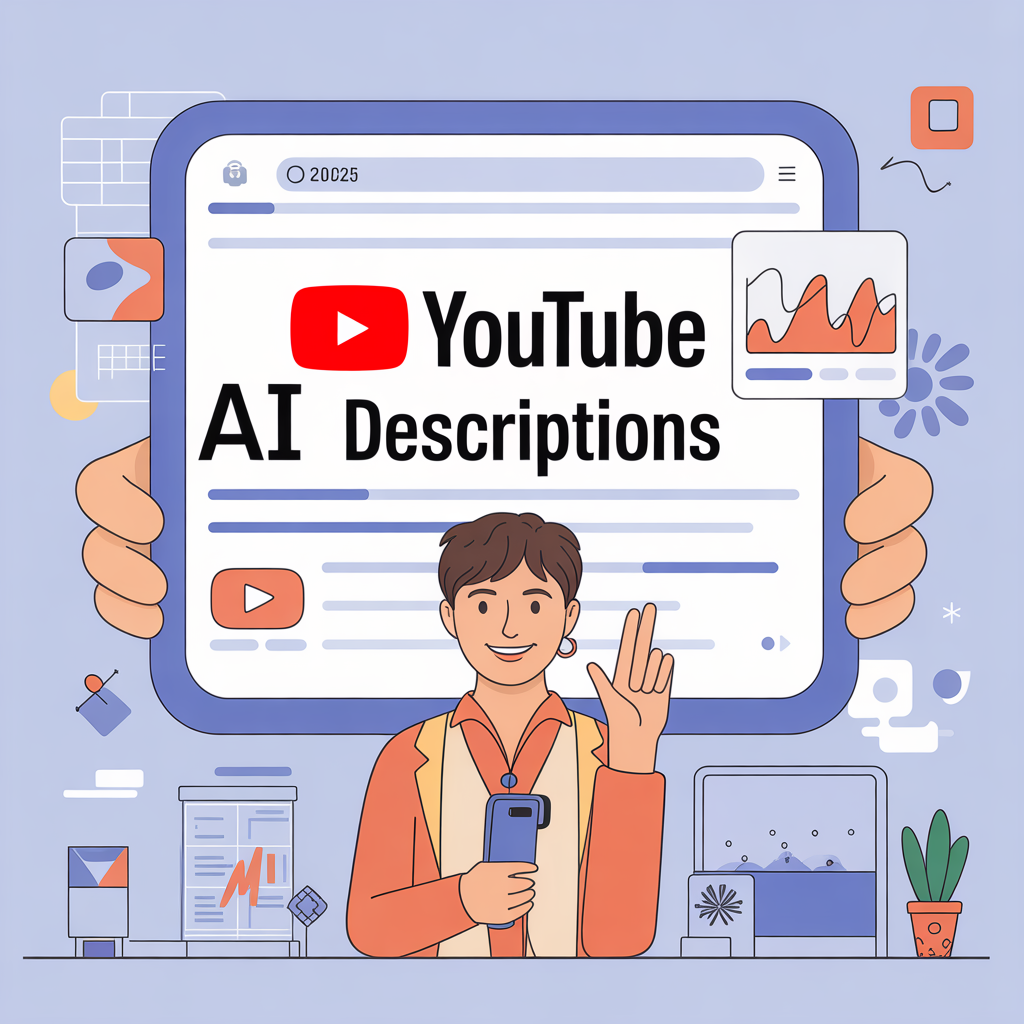🌍 Introduction
In today’s digital landscape, brands and creators are producing content at lightning speed. But keeping up with demand manually is exhausting — especially when you’re running a website or blog that needs consistent, high-quality updates.
That’s where automated content generation comes in.
By combining AI tools, SEO strategies, and smart automation systems, you can create, optimize, and publish content with minimal manual effort — freeing you to focus on strategy and creativity.
This blog dives deep into how to automate your content generation process, from idea creation to publishing and promotion — the complete 2025 guide.
⚙️ What Is Content Automation?
Content automation is the process of using technology (mainly AI and workflow tools) to plan, create, optimize, and publish digital content automatically.
Instead of spending hours brainstorming, writing, and editing every article yourself, automation tools can:
- Generate SEO-rich topics
- Write blog drafts or social posts
- Suggest keywords and internal links
- Format and publish posts on schedule
It’s not about replacing humans — it’s about scaling human creativity with smart systems.
🚀 Benefits of Automating Content Generation
- Saves Time:
You can produce weeks of content in hours by automating repetitive steps like topic research, keyword insertion, and formatting. - Consistency:
Automation ensures you post regularly — which search engines and audiences love. - Improved SEO:
Tools can automatically insert keywords, meta tags, and schema markup to improve rankings. - Scalability:
You can handle multiple blogs or websites without burnout. - Cost Efficiency:
One AI subscription can replace the workload of multiple writers for low-priority posts.
🧩 Key Areas You Can Automate
1. Topic & Keyword Research
Use AI-powered SEO tools like:
- Ahrefs, SEMrush, or Ubersuggest → to find high-value keywords.
- ChatGPT, Gemini, or Jasper → to generate blog titles based on your target audience.
- Google Trends → for trending topics.
You can even set these tools to automatically update keyword lists every week, keeping your strategy fresh.
2. Blog Writing & Draft Creation
AI writing assistants now create SEO-rich, grammatically correct, and structured drafts in minutes.
Best tools in 2025:
- ChatGPT (GPT-5) – versatile and accurate for long-form writing.
- Jasper AI – integrates with SurferSEO for keyword optimization.
- Writesonic / Copy.ai – perfect for generating social captions, intros, and meta descriptions.
💡 Pro tip: Use AI for the first draft, then personalize the content to add your brand voice.
3. Content Optimization
Optimization includes meta tags, readability, internal linking, and schema markup.
Automation tools like:
- Rank Math or Yoast SEO (WordPress)
- SurferSEO
- MarketMuse
can automatically analyze your content, suggest improvements, and even add metadata without manual edits.
Some plugins now auto-optimize new posts when you publish them — a huge time-saver.
4. Design & Visuals
Visual content creation can also be automated:
- Canva Magic Studio → auto-generates social graphics or blog thumbnails.
- Pexels / Unsplash Integrations → automatically attach copyright-free images.
- AI Video Tools (Runway, Pika, HeyGen) → can repurpose blogs into short videos.
5. Publishing & Scheduling
Tools like:
- WordPress Scheduler
- Buffer / Hootsuite / Later
- Notion + Zapier Integration
…can automatically publish or share new posts across your website, LinkedIn, Instagram, and X (Twitter) — without you lifting a finger.
You just set the rules once, and your content goes live automatically at your preferred time.
6. Email & Distribution Automation
Once content is live, the next step is distribution.
Use tools like:
- Mailchimp
- ConvertKit
- Beehiiv
…to automatically email your subscribers every time you publish a new blog — complete with excerpts and links.
You can even create automated drip campaigns that share your best content over time.
🤖 How to Build an Automated Content Workflow
Here’s a sample workflow that saves 80% of manual effort:
| Step | Task | Automation Tool |
|---|---|---|
| 1 | Topic & Keyword Research | Ahrefs + ChatGPT |
| 2 | Draft Writing | ChatGPT or Jasper |
| 3 | SEO Optimization | Rank Math / SurferSEO |
| 4 | Image & Graphic Creation | Canva Magic Studio |
| 5 | Upload to Website | WordPress API or Zapier |
| 6 | Social Sharing | Buffer / Hootsuite |
| 7 | Email Notification | Mailchimp / ConvertKit |
Once configured, you can generate 5–10 optimized posts per week with minimal manual input.
💼 Real-World Example: Automated Blog System
Let’s say you run a blog about sportswear trends.
Here’s how automation can handle 90% of your workflow:
- ChatGPT fetches weekly keyword ideas (e.g., “Best breathable fabrics for summer sportswear”).
- Jasper AI writes a 1000-word blog post.
- SurferSEO optimizes it with the right keywords and headings.
- Canva Magic Studio creates a thumbnail.
- Zapier uploads everything to WordPress.
- Rank Math generates meta descriptions automatically.
- Hootsuite posts the blog on LinkedIn, Facebook, and X.
End result → 100% consistent content flow, 0% manual scheduling stress.
🔒 Challenges & Ethical Considerations
Automation is powerful, but it’s not perfect. Keep in mind:
- Human Touch Is Still Key: AI can’t fully replace personality or brand tone.
- Fact-Checking: Always verify AI-generated data or claims.
- Plagiarism Checks: Use Grammarly or Copyscape to ensure originality.
- Google Policies: Avoid AI spam or keyword stuffing; focus on valuable content.
The goal is smart automation, not soulless repetition.
🌟 Future of Content Automation (2025 & Beyond)
The future will blend AI creativity + human insight.
Upcoming tools are learning your brand tone, target audience, and performance analytics, so they can write and post as if you did it yourself.
Soon, automation won’t just generate text — it will:
- Analyze traffic trends
- Suggest new content types
- Create personalized versions for each reader
That’s where content generation is heading — toward self-optimizing, intelligent content ecosystems.
🏁 Conclusion
Automating your content generation is no longer a luxury — it’s the key to scaling in 2025.
By combining AI writing tools, SEO automation, and publishing workflows, you can save time, stay consistent, and reach a much wider audience — without burning out.
Remember, automation doesn’t replace creativity — it amplifies it.
Your strategy and storytelling are what give your automated content a human heartbeat.

